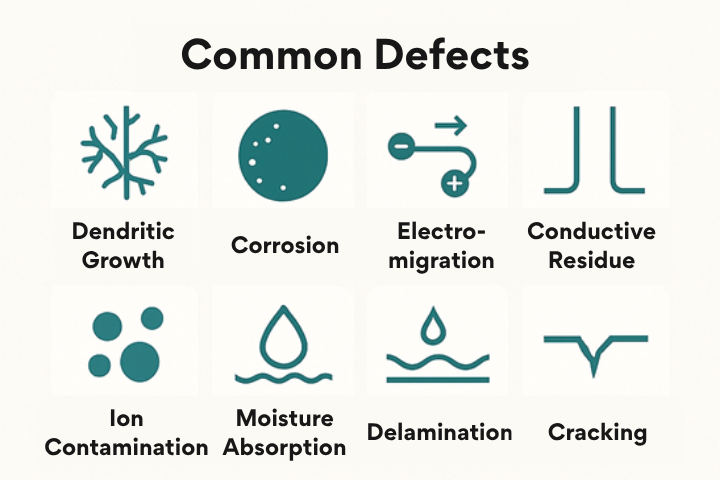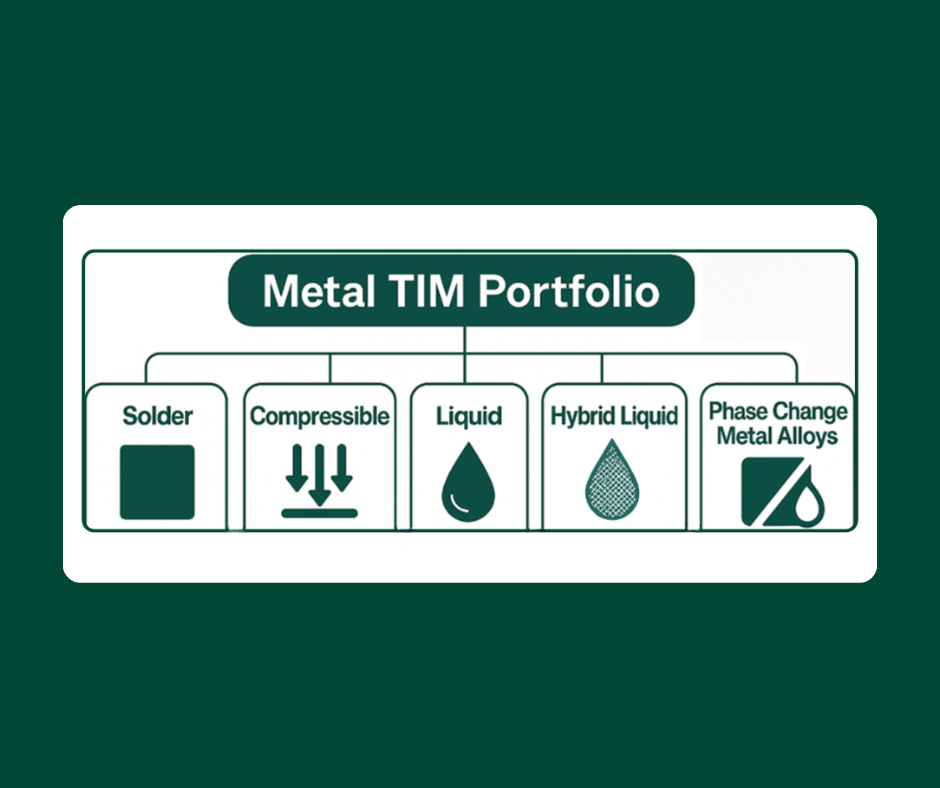JP and Jennifer of Rabbit Junk show off their (non-ESD approved) bunny suits.
Many of us need to wear “bunny suits” when we work in clean rooms. I think it would be pretty fun (in a very geeky way) to have an ESD approved clean room suit that actually looked like a rabbit, just to lighten-up the day on Halloween.



